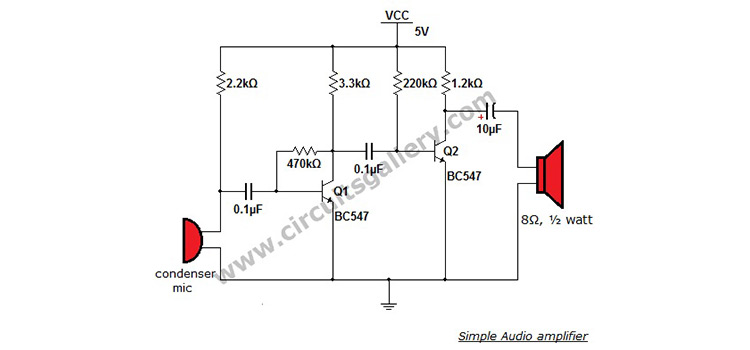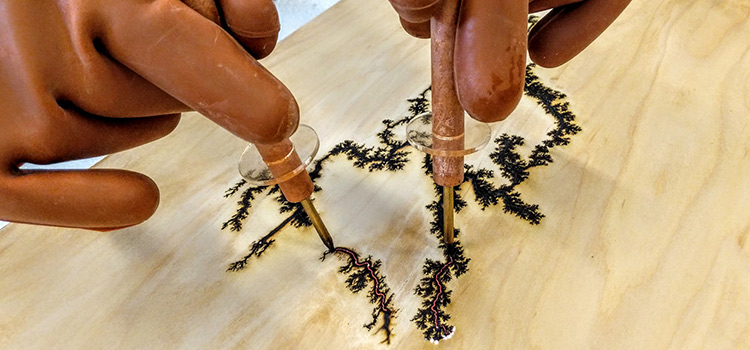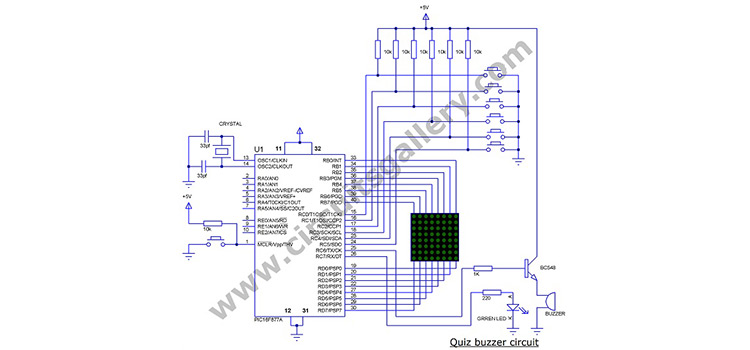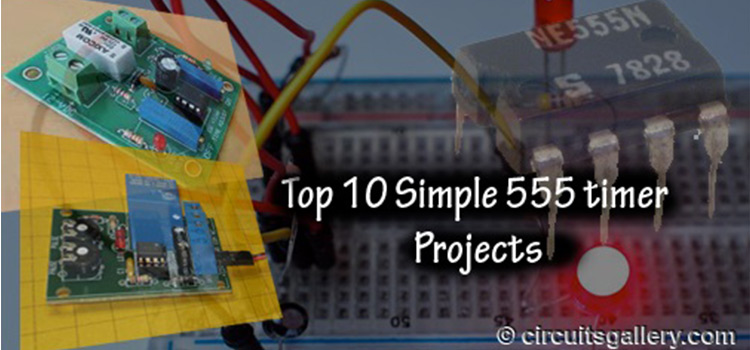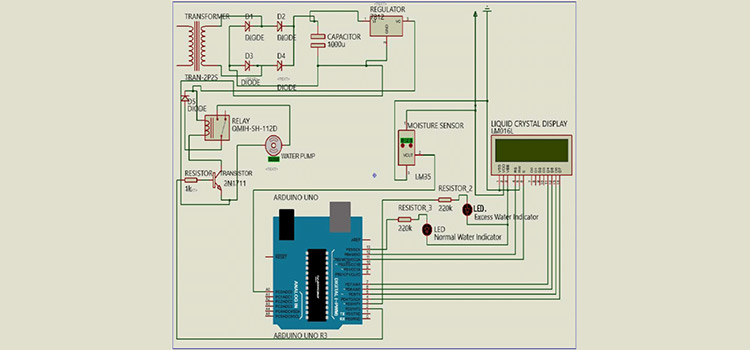Electronic Mosquito Repellent Circuit Using 555 IC | Insect & Bug Control
Mosquitoes are one of the most irritating bugs and they spread many diseases. Here we are talking about a method that would most likely drive the mosquitoes away with the help of certain frequency generators.
Researchers have found that insects are typically allergenic to a specific spectrum of frequency range called the Ultrasound frequency. Wide varieties of mosquito repellents are available; this is a simple circuit of ultrasonic mosquito (insect) repeller for insect control.
The circuit is based on the theory that insects like mosquitoes can be repelled by using sound frequencies in the ultrasonic (above 20 kHz) range. This insect repellent frequency is further than the hearing range of humans. But it can cause a lot of nervousness in the insects. Bug control is easy with the best insect repellent we are offering here.
Circuit Diagram of Best Mosquito Control Circuit
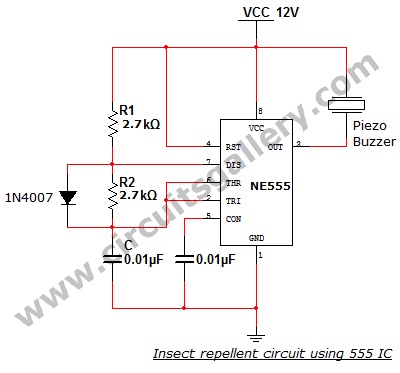
Components Required for Electronic Mosquito Repellent Circuit
- Power supply (12V)
- Resistors (220kΩ x 2)
- Capacitors (0.01µF x 2)
- NE 555 timer
- IC Diode (1N4007)
- Piezo Buzzer
Working Principle of Bug Repellent Circuit
- Here the 555 timers is configured as an Astable multivibrator, specifically devised for generating sound at the ultra frequency levels.
- The frequency of this circuit is set to 25 kHz, this frequency falls in the ultrasound region and it is not audible to human beings.
- The 1N4007 diode is used to get a 50% duty cycle for the frequency generator.
- The piezo buzzer converts the output of 555 astable to ultrasonic sound that can be heard by the insects.
- This ultrasound frequency causes some irritations and uneasiness to the insects such as mosquitoes. Thus they will not disturb you if you have installed this circuit of insect repellent at home.
How to Design a Mosquito Repeller Circuit
We need a 25 kHz signal, so the time period will be 40µseconds.
Then the Ton=Toff=20µSeconds.
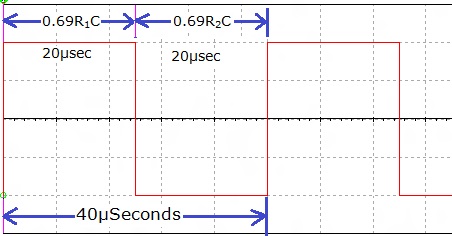

Use R=2.7kΩ Standard. You can also use an astable calculator to design your own frequency.
Conclusion
It is important to note that the electronic mosquito repellent circuit is also applicable for animals like dogs and cats. But if you are not to scare them away then you need to decide on when and how to use it accordingly.
Subscribe to our newsletter
& plug into
the world of circuits

